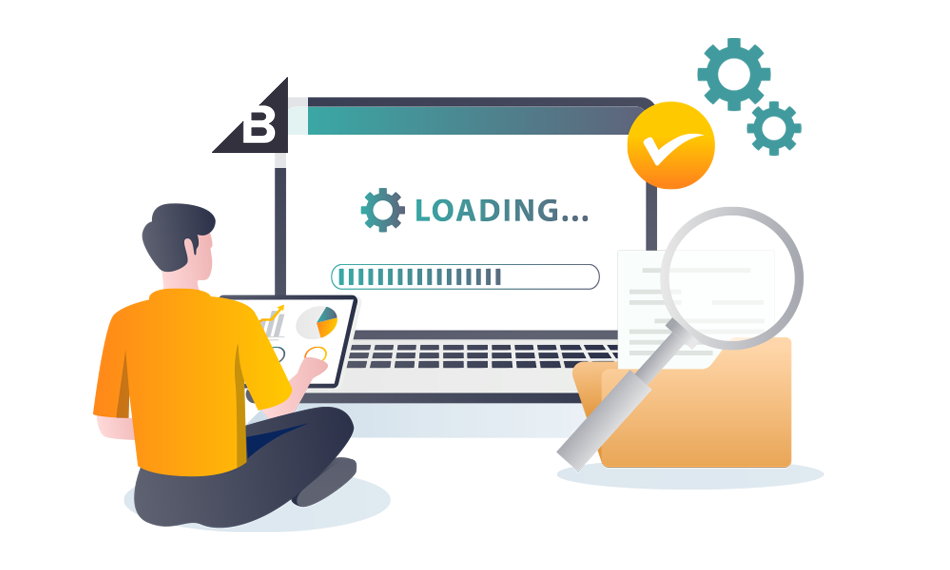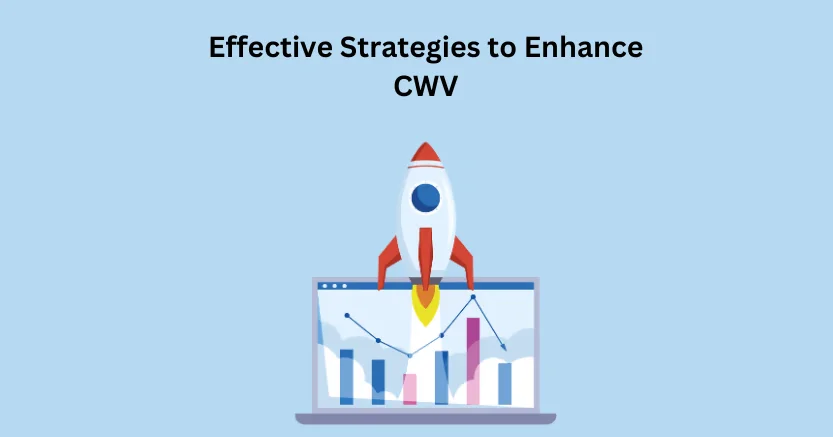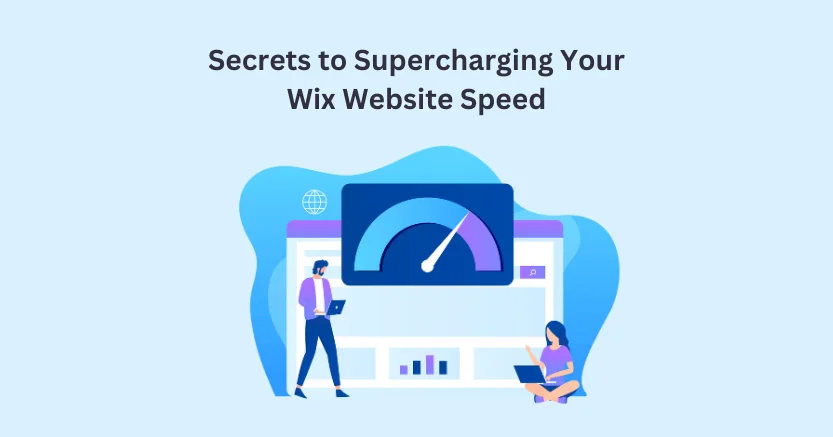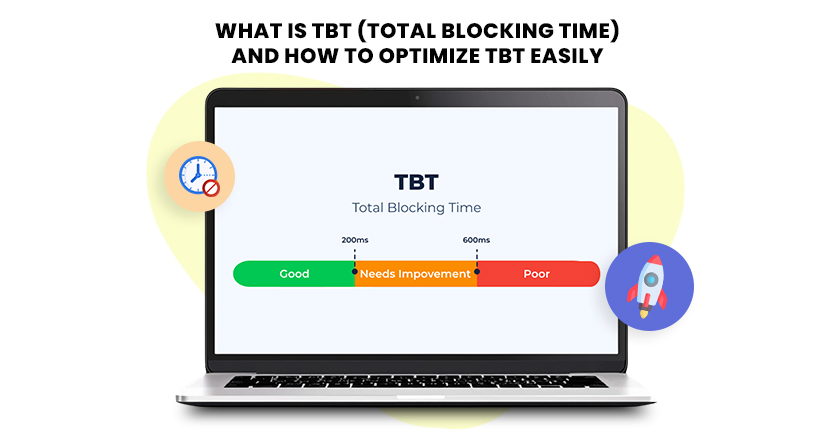TL;DR: Bigcommerce Lazy loading is a web technique that delays the loading of non-essential resources of the website and instead loads the images that are going to show first in the user’s viewport. This technique can improve BigCommerce page speed instantly and enhance user experience significantly. Go through this blog post to know what lazy loading is and how to implement it for your BigCommerce store, enhancing your online business.
The performance and speed of your BigCommerce store are crucial for the success of your online business. And when it comes to online shopping, customers expect instant loading, smooth scrolling, and a seamless shopping experience on an e-commerce website. If your site is slow, your valuable customers could move to other faster competitors.
This is where the need for BigCommerce speed optimization arises, and lazy loading is one of the most effective methods to achieve this.
This blog is all about BigCommerce lazy loading, including the benefits of lazy loading, the importance of lazy loading for BigCommerce stores, and the implementation steps of lazy loading. Optimizing your BigCommerce store’s speed is essential for enhanced user experience and conversions. So, let’s dive into this article and speed up your BigCommerce store for more satisfied customers and the success of your online business.
What is Lazy Loading on BigCommerce?

BigCommerce lazy loading is a web technique that delays the loading of non-essential components or resources of the BigCommerce site, such as images, videos, and files. Lazy loading prioritizes the essential content to load first for the user. Instead of loading the whole resources of the page, it loads the content with priority as soon as the visitor scrolls down the page.
Let’s understand it with an example – Suppose you have a BigCommerce product page with 50-60 product images on it. When a user opens the page, all the images start loading together, and the user may have to see a blank or in-process viewport while all our images are loading.
And when you implement lazy loading on this same page, images will load according to priority as the user scrolls the page. These remaining images will load on demand as the user scrolls down.
This simple-looking optimization technique significantly enhances shoppers’ experience and reduces the initial load time of the website. The user will not realize that the remaining images haven’t loaded initially, providing them with a faster and seamless browsing experience.
Why Does BigCommerce Website Speed Matter?
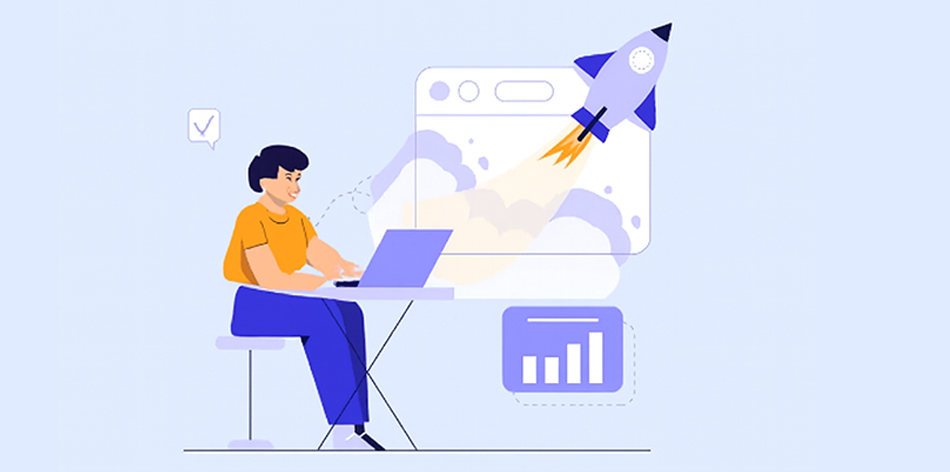
Whether you have a service website or an e-commerce website, speed is a major factor for not only technical performance but also for SEO rankings, conversions, and user engagement. Similarly, speed is an important factor for the BigCommerce website too. Here are some reasons why website speed matters:
- For enhanced user experience, customer satisfaction, and to match the user expectations of fast-loading websites.
- Improved user experience means lower bounce rates, which increases your chances of ranking higher in search results.
- While online shopping, customers want to explore as much as possible in as little time. Here’s what customer browsing experience matters, and you can enhance it by improving your BigCommerce website’s speed.
Benefits of Lazy Loading on BigCommerce
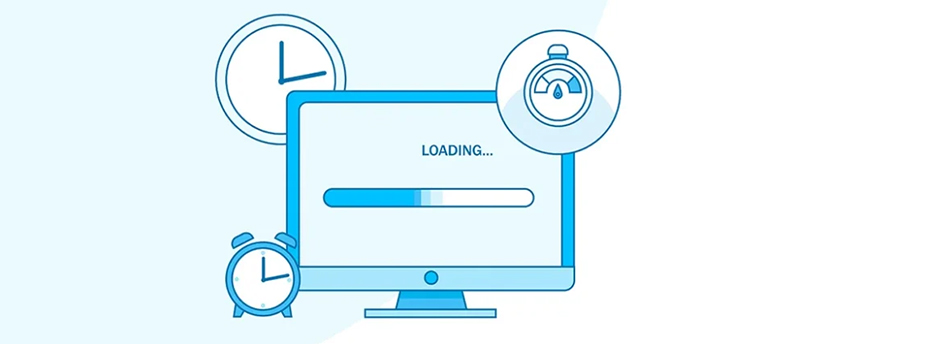
The lazy loading feature is beneficial for speeding up your BigCommerce store. Here are the benefits you can get by applying this to your website.
1. Improved BigCommerce Page Speed
Lazy loading distributes the website load according to the user’s priority. It reduces the initial loading time and showcases the content faster according to the user’s priority. By delaying the remaining page content, lazy loading on BigCommerce increases the page speed while maintaining the user’s interest.
2. Faster Initial Load Time
Lazy loading is one of the most significant BigCommerce speed optimization strategies for boosting the initial loading time by delaying the loading of unnecessary page resources.
3. Mobile Optimization
Mobile users usually have slower connections than desktop users, and lazy loading speeds up the BigCommerce store experience for smartphone users by optimizing limited bandwidth for smaller screens.
4. SEO Improvements
Page speed and user experience are vital factors in Google’s Core Web Vitals. Lazy loading significantly speeds up the website and improves CWV metrics, enhancing SEO rankings of your BigCommerce store.
5. Reduced Server Load and Bandwidth
BigCommerce Lazy loading reduces the number of requests made to the server and saves bandwidth by delaying image load. This approach is highly beneficial for e-commerce or product websites, as they have a large collection of images and videos on the website.
How to Implement Lazy Loading on a BigCommerce Website?
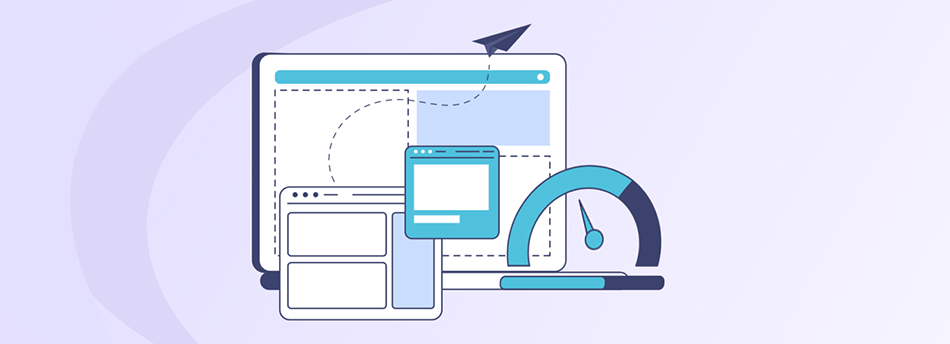
BigCommerce offers various ways in which you can apply lazy loading:
Step 1: Choose a Suitable Lazy Loading Method:
- Manual Implementation with JavaScript: If you have technical expertise, or you have someone with developing skills, you can create your customized automatic JavaScript-based lazy loading.
- With third-party applications, BigCommerce has application inclusion for lazy loading, for example, Store Optimizer and Image Optimizer. These applications are easy to install and set up.
Step 2: Turn on Lazy Loading through Apps
Another fast method to implement lazy loading is through third-party applications. They provide a speedy method for most store owners:
- Go to the BigCommerce App Marketplace.
- Search for “lazy loading” or any apps focusing on “speed optimization.”
- Install your chosen app and adjust it using its configuration manual.
These apps understand the technicalities of lazy loading and image optimization and manage them through automation.
Step 3: Validate and Test Lazy Loading
Once you have installed lazy loading, perform a proper test of your BigCommerce store:
- Use Google Page Speed Insights or GTmetrix to determine performance comparison before and after implementation.
- Ensure the smooth and proper loading of images as one scrolls through the pages.
- Modify settings in your app/custom script to get the optimum setting.
Lazy Loading Best Practices in BigCommerce

Lazy loading is an efficient method for increasing the speed of your website. Speed up your BigCommerce store with these best practices and gain the highest benefits:
1. Optimize Images
Lazy load on BigCommerce works best when combined with image optimization. Heavy images can still create a problem in loading, which is why it is good to reduce image sizes without losing quality. This enhances the efficiency of lazy loading and reduces the server’s load manyfold.
2. Set Appropriate Thresholds
In lazy loading, images sometimes load just before the user sees them. Setting lazy load limits is essential so that, due to the delay, the user will not notice the lazy loading attribute implemented on the page. The usual value is 300 to 500px in size. You can set lazy loading limits in your BigCommerce store to avoid this mistake.
3. Observe and Adjust
After applying lazy loading, keep a check on your BigCommerce store by monitoring your site performance. Make sure to adjust thresholds, compression levels, and the lazy loading attribute according to the user behaviour and real-time data.
4. Prioritize Above-the-Fold Content
Above-the-fold content creates a first impression on the user. So, don’t implement lazy loading on your main content, like hero images or main banner, as they should load instantly for a good user experience.
5. Test Across Devices
After implementing Lazy loading, you should check it on different devices, as it can behave differently on various devices, like mobile and desktop. Always test your BigCommerce store thoroughly.
Conclusion
Bigcommerce Lazy loading is one of the effective strategies for optimizing the speed of your Bigcommerce website and increasing your online performance. It enhances the user experience and search engine rankings by reducing the server load time. In low network areas, it is highly useful as it distributes the data according to the priority resources. This way, users won’t have to wait to see your products or content.
Lazy loading should be integrated with your BigCommerce store, either by using third-party applications or implementing it on a custom basis to ensure performance optimization over the long run. If your goal is to speed up your BigCommerce store, adopt lazy loading to provide excellent speed and smooth experiences to your BigCommerce store visitors.
FAQs
1. What is BigCommerce lazy loading?
Lazy loading on BigCommerce is a site optimization strategy in which images, videos, and other media files load only when the user is going to see them in the viewport. The remaining images will load further as the user scrolls down the page. This technique helps speed up the BigCommerce store and improve the shopping experience of the customers.
2. How does lazy loading improve BigCommerce page speed?
Lazy loading delays the loading of non-essential resources and images on the page, speeding up the initial loading time. The elements that will be visible first to the user will load instantly. This distribution of load improves BigCommerce page speed and enhances the overall visiting experience.
3. What are the benefits of lazy loading in BigCommerce?
Some major lazy loading benefits include:
- Faster loading times
- Reduced bounce rates
- Better mobile performance
- Improved SEO rankings
- Higher conversions due to a smoother user experience
4. How do I know if Lazy Loading is working correctly?
There are some recommended tools, like Google PageSpeed Insights or GTmetrix, which you can use to test the performance of your page. Otherwise, you can check manually by opening your site on different devices. You can check the loading speed by scrolling the page thoroughly, as lazy loading can behave differently on mobile and desktop devices.
5. Is lazy loading enough to fully optimize my BigCommerce store speed?
Lazy loading is an efficient method to speed up your BigCommerce store's speed, but it will be more fruitful if combined with other techniques like image optimization, CDN implementation, minifying code, and enabling caching. Combining these methods can deliver the best results for your website and significantly help you in BigCommerce speed optimization.












































